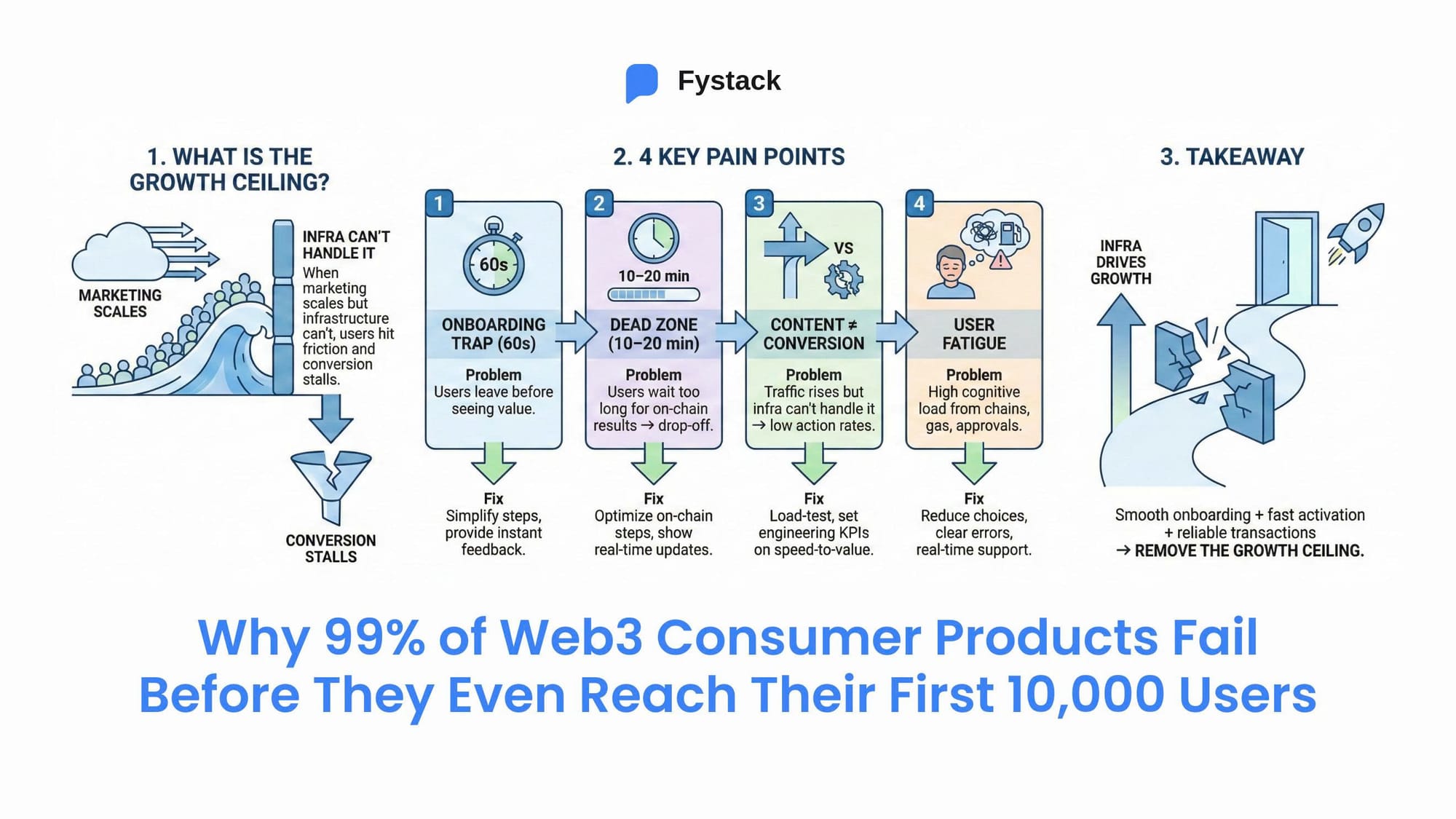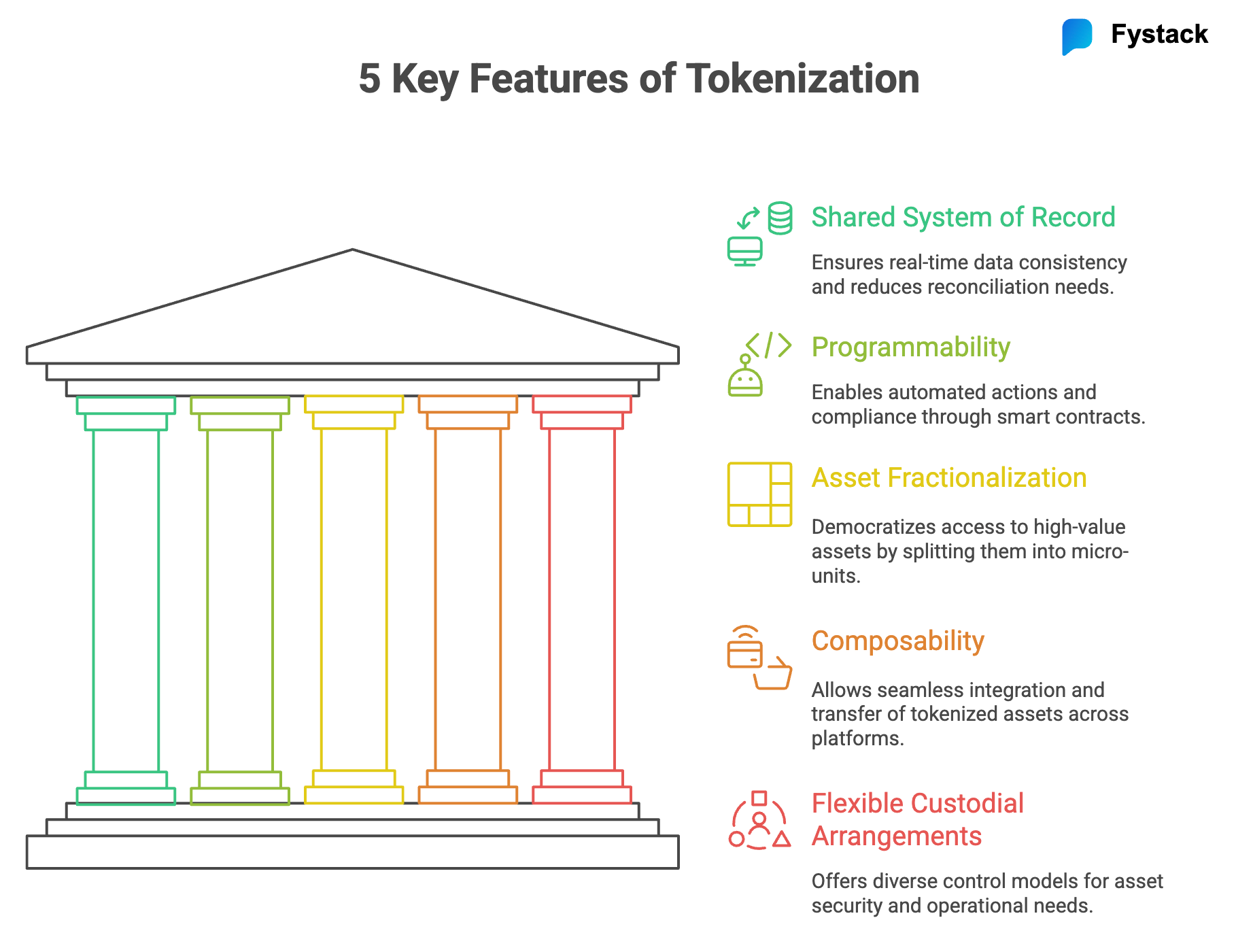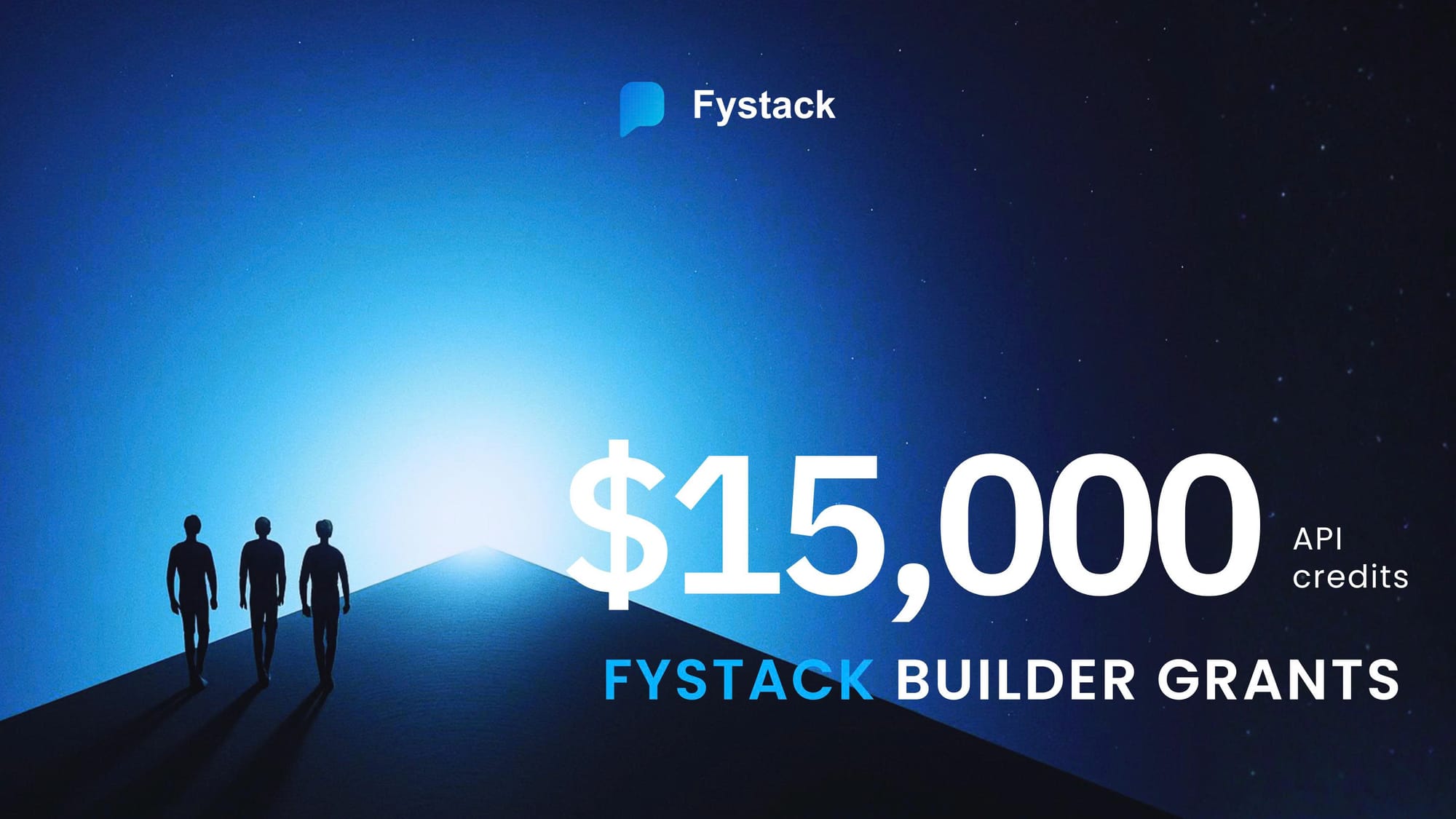Squads: How Product-Led Growth Redefined Go-To-Market on Solana (Part 2)
Phoebe Duong
Author
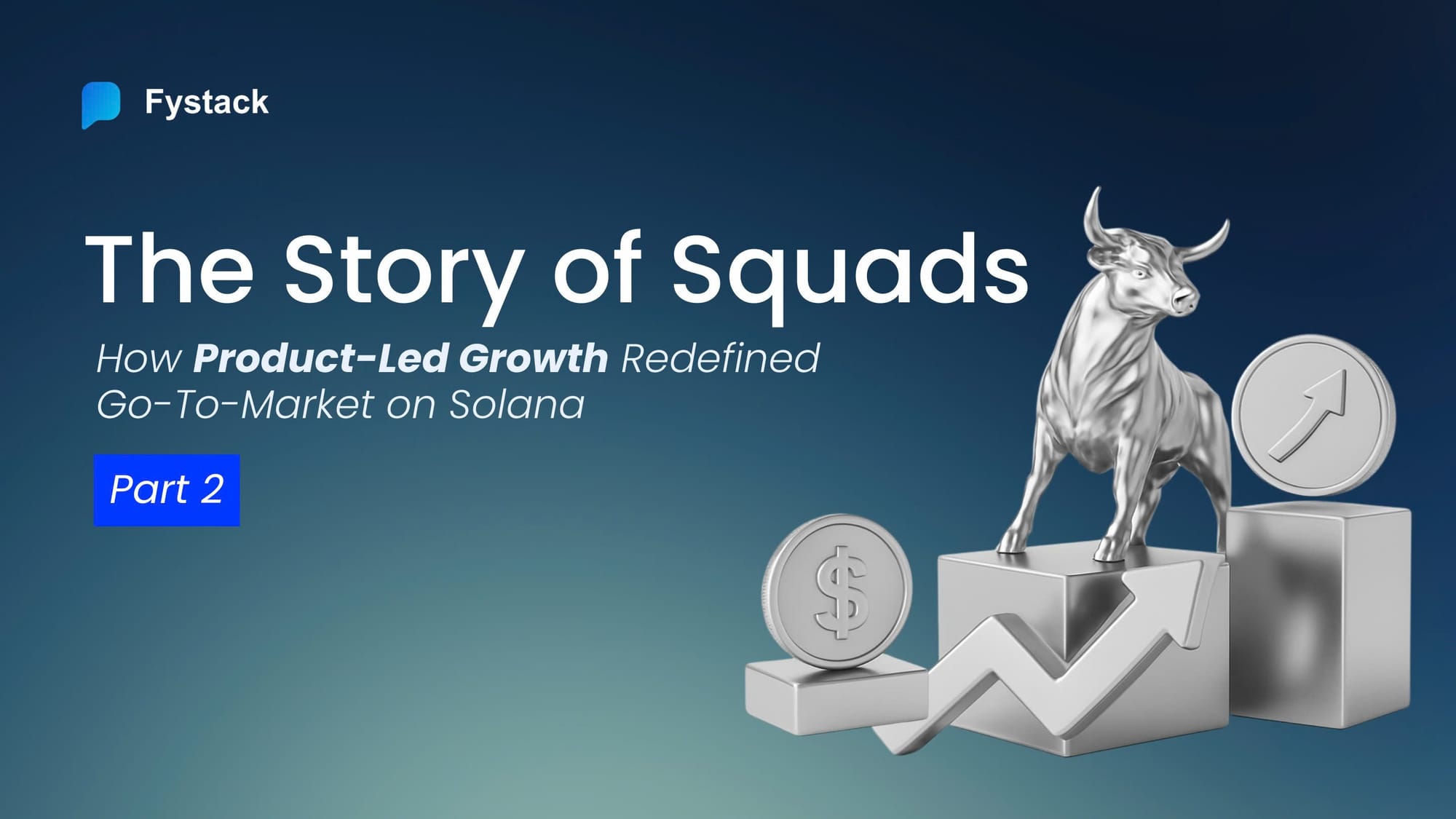
Within Solana’s fast-evolving DeFi ecosystem - one of the most active developer communities globally - Squads established itself as the go-to infrastructure layer for institutional-grade security.
While many Web3 projects grow through token launches, airdrops, or aggressive marketing campaigns, Squads took a completely different route. Instead of chasing attention, the team built around a trust-first model - focusing on reliability, developer experience, and long-term ecosystem positioning.
Their goal was never to “go viral,” but to become the inevitable infrastructure layer that every serious Solana project would eventually depend on.
If you’re wondering what Squads actually is - and how it managed to outperform every other multisig protocol to become the infrastructure securing over $10B on Solana, check out Part 1: “Squads: From Zero to the Multisig Protocol Securing $10B on Solana.”
This part explores how Squads approached growth differently - from developer-first design to transparent security and ecosystem integrations - and why its strategy aligns perfectly with what modern builders keep asking:
- “How do you actually market your product without a lean budget?”
- “How do you build something people actually want to use?”
- “How can I make it last long-term - not just hype for a month?”

1. Prioritizing Developer Experience: Infrastructure Before Marketing
From day one, the Squads team understood that blockchain infrastructure only matters if developers actually want to use it. Instead of spending on advertising or token-based growth, they focused entirely on developer experience (DX) - making it as easy as possible to integrate multisig into any Solana app.
During the first 18 months, Squads released several key developer tools - including the Squads SDK, Squads CLI, composable smart account testing environments for safe experimentation, and the Squads V4 API module that allows wallets and dApps to add multisig functionality in just a few lines of code.
Developer experience was treated as the core product, not a marketing accessory.
This focus on DX helped Squads gain real adoption. Projects like Zeta Markets, Drift, and Helius integrated Squads to manage their internal treasuries. These integrations showed real proof of reliability and trust. They were a genuine form of marketing that cost nothing but built great credibility.
A similar mindset appears in Fystack’s Webhook Dashboard. It focuses on workflows for developers, like API monitoring and debugging. Both teams share the same belief: DX-driven GTM is the future of Web3 infrastructure.
By putting developers first, Squads let adoption show its value. This built trust, which led to traction and market leadership in the Solana ecosystem.
This is a critical pattern in infrastructure growth: when your product removes friction for developers, they become your distribution channel.
2.Building Trust through Transparency and Continuous Bug Bounties
When you don’t rely on tokens to attract users, trust must come from somewhere else. For Squads, that answer is technical transparency and a continuous bug bounty program.
Instead of rewarding "engagement," Squads gives incentives for meaningful security contributions.
Its Perpetual Bug Bounty program, covering both v3 and v4, offers up to $300,000 for critical vulnerabilities and $200,000 for smaller issues such as temporary asset lockups or access loss-paid in locked SOL for 12 months. This structure encourages long-term commitment to protocol safety, rather than short-term bounty chasing. (Squads v3 Security Policy & Bug Bounty)
Unlike many projects that audit once and move on, Squads maintains an open security program, making all source code public and collaborating with independent auditors like OtterSec.
Even if the main UI experiences an outage, they provide a backup CLI kit, allowing users to regain access to funds directly - a level of resilience few competitors like Goki or Realms have matched.
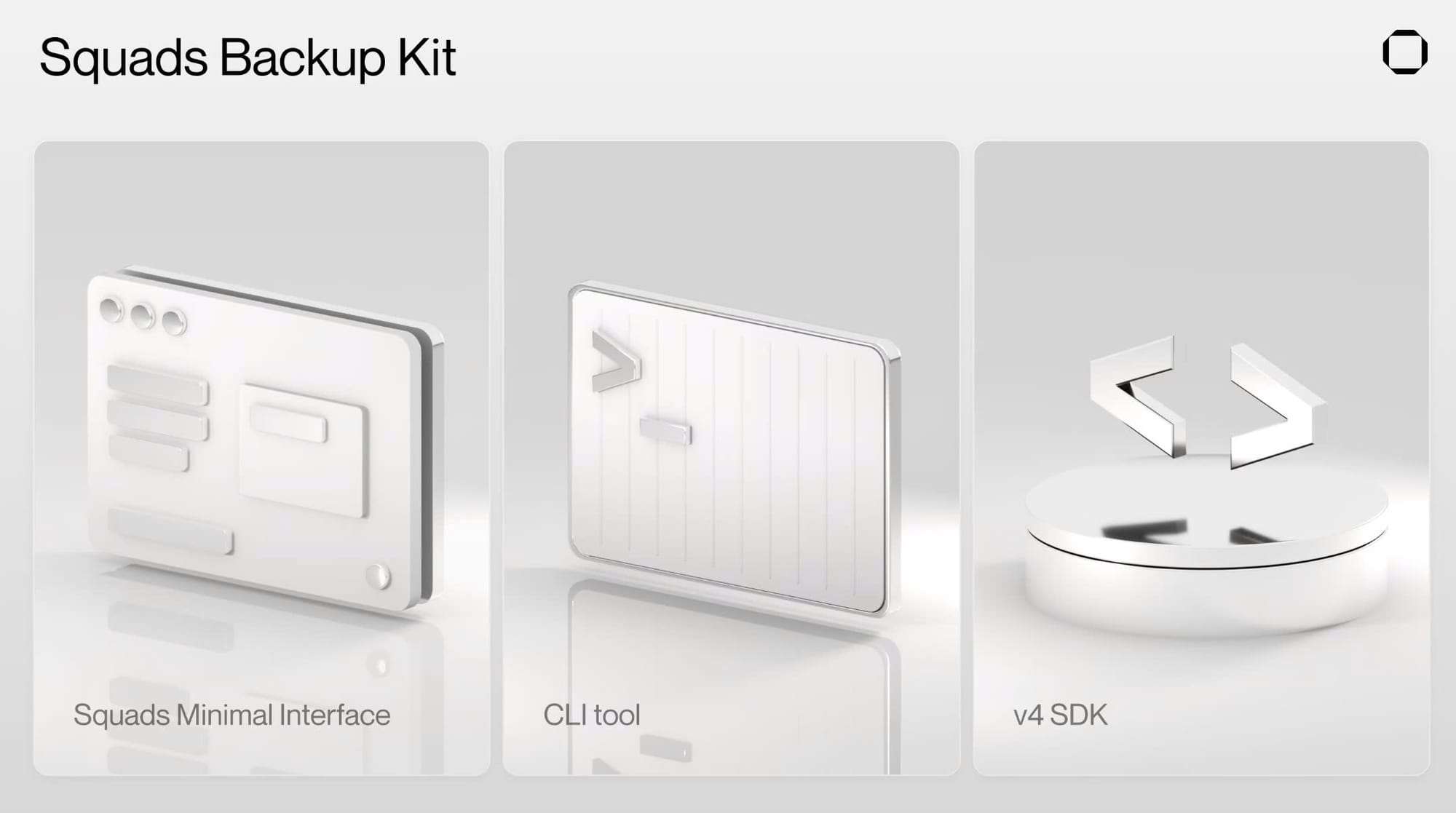
From a GTM perspective, this is a smart play:
Squads doesn’t buy trust with money - it invites the community to build trust together. When developers or auditors find bugs, they become part of the system’s guardianship, forming a community of trust, not just a user base.
In today’s AI Search and SEO landscape, trust signals such as open source, audit history, bug bounty, and transparency quietly boost visibility. When users search “secure multisig wallet on Solana”, Squads stands out - not just for product quality, but for the ecosystem of evidence-based reliability surrounding it.
3.Integration-First: Scaling through Builders, Not Users
After establishing product reliability, Squads took an unconventional path for its next growth phase - integration-first instead of user-first.
Rather than competing for end users, Squads focused on enabling as many projects as possible to integrate its multisig infrastructure. The logic is simple: if those projects have users, Squads indirectly has them too.
Instead of trying to dominate the front-end layer, Squads positioned itself beneath it - as the invisible layer of trust that powers Solana’s top protocols. Its SDK, CLI, and API make it effortless for developers to embed multisig governance into DeFi platforms, NFT marketplaces, validator programs, and more.
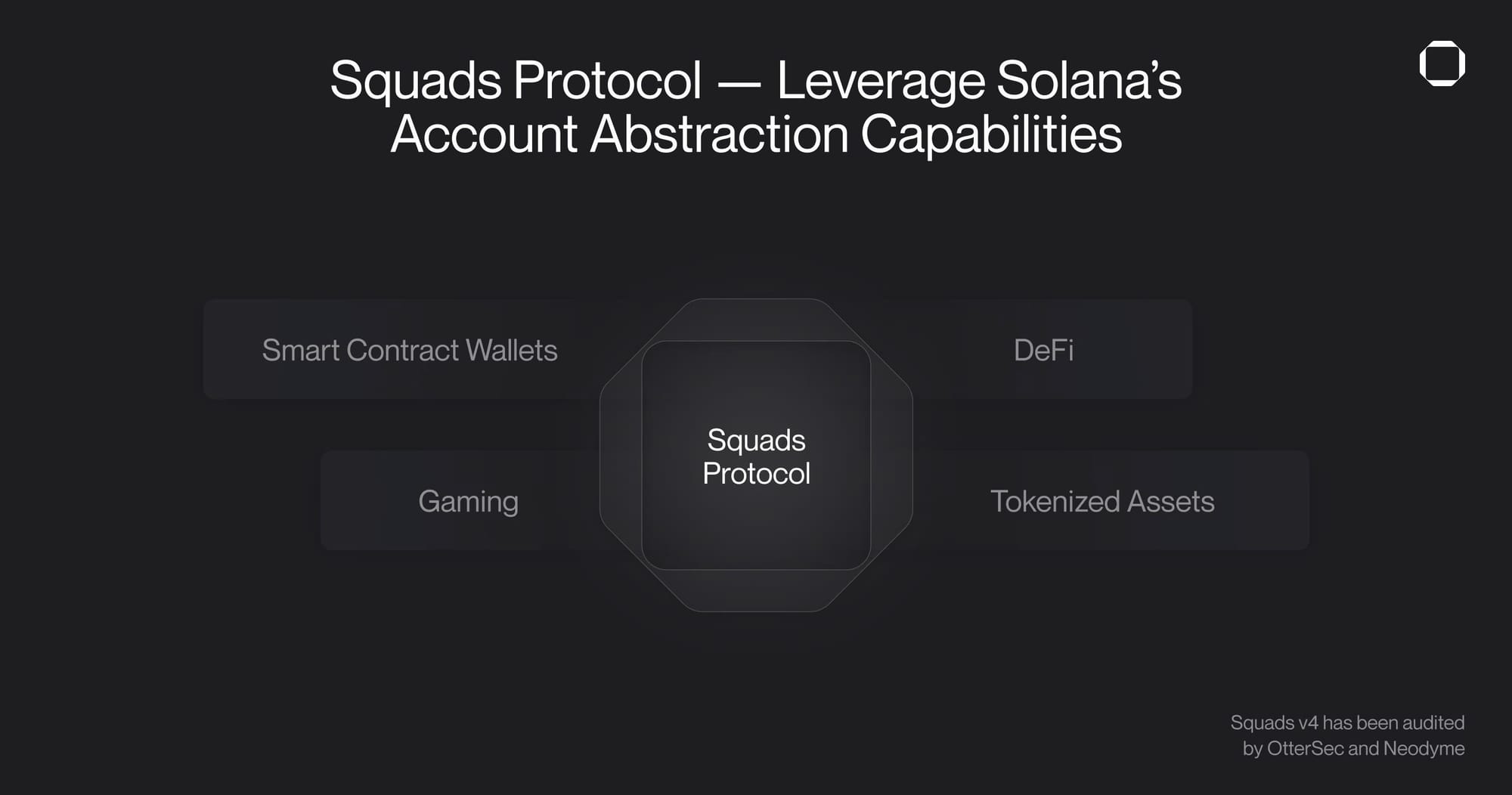
This strategy turned Squads from a single product into a shared infrastructure standard. Top Solana projects like Jupiter, Drift, Pyth, Raydium, and Helius now rely on Squads to secure their treasury management, upgrade authority, and token minting - the three most sensitive control points of any on-chain protocol.
Each integration creates a network effect of credibility:
- Every project that uses Squads validates its reliability.
- That validation attracts more partners.
- As adoption compounds, Squads becomes the default security backbone for the Solana ecosystem.
This quiet but compounding growth model allowed Squads to scale without aggressive user acquisition. It didn’t need to chase DAU metrics or run ad campaigns - its adoption grew naturally through integrations, not incentives.
In short, integration-first means scaling through builders, not users - letting the success of partners multiply your own.
4. Product-Led Ecosystem Leverage: From Adoption to Compounding Trust
Beneath the surface, Squads’ growth reflects a broader strategic mindset: from marketing-led distribution to product-led ecosystem leverage.
In the traditional marketing playbook, projects pour resources into paid campaigns or token incentives - creating short-lived bursts of activity. Squads, on the other hand, channels those resources into empowering real builders. Every developer who builds successfully with Squads becomes an ambassador of trust and a new distribution node in the ecosystem.
This approach compounds because it builds proof instead of promotion.
Every integration is both a product validation and a marketing asset - living inside another project’s system, used by its users every day.
Strategically, this aligns with what SaaS experts call the Platform Growth Loop:
- Build core primitives that developers genuinely need.
- Let early adopters validate their reliability through real-world use.
- Standardize workflows so that future builders adopt the same stack by default.
This loop turns every successful integration into momentum for the next. It’s slow, organic, and nearly impossible to replicate without deep-rooted trust - the kind that can only be earned over years, not bought with incentives.
In the long run, Squads’ GTM isn’t about expansion through marketing, but through embeddedness. Each integration strengthens both the ecosystem and Squads itself - making growth not just scalable, but self-sustaining.
Lessons for Builders: What Squads Teaches About Sustainable Growth
Squads’ journey challenges one of the biggest misconceptions in Web3 -
that growth must come from tokens, hype, or user campaigns. Instead, it proves that trust, product depth, and developer focus can scale even deeper than virality ever could.
Here are three principles any modern builder can learn from Squads’ go-to-market playbook:
- Adoption starts with frictionless integration, not marketing.
Make your product so easy to build on that other teams can’t afford not to use it. Every SDK, every API, every piece of documentation is a marketing channel disguised as developer tooling. - Trust compounds faster than attention.
Audits, transparency, and continuous bug bounties aren’t PR tools - they are growth levers. When you make your reliability measurable, you let the market do your marketing for you. - Empower builders, and they’ll distribute for you.
The best marketing strategy for infrastructure products is not to reach users directly - it’s to empower other builders whose success inherently depends on yours. When they win, you scale automatically.
Ultimately, Squads reminds us that Web3 infrastructure isn’t built to trend - it’s built to last. The projects that focus on trust, composability, and real developer value today will be the ones powering ecosystems tomorrow.

